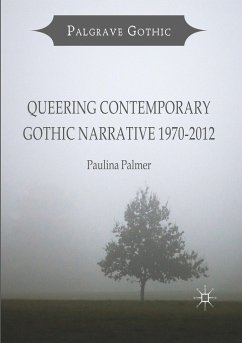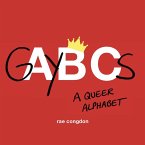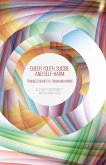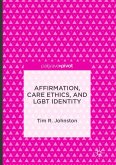This book explores the development of queer Gothic fiction, contextualizing it with reference to representations of queer sexualities and genders in eighteenth and nineteenth-century Gothic, as well as the sexual-political perspectives generated by the 1970s lesbian and gay liberation movements and the development of queer theory in the 1990s. The book examines the roles that Gothic motifs and narrative strategies play in depicting aspects of lesbian, gay, bisexual, transsexual and intersex experience in contemporary Gothic fiction. Gothic motifs discussed include spectrality, the haunted house, the vampire, doppelganger and monster. Regional Gothic and the contribution that Gothic tropes make to queer historical fiction and historiography receive attention, as does the AIDS narrative. Female Gothic and feminist perspectives are also explored. Writers discussed include Peter Ackroyd, Vincent Brome, Jim Grimsley, Alan Hollinghurst, Randall Kenan, Meg Kingston, Michelle Paver, Susan Swan, Louise Tondeur, Sarah Waters, Kathleen Winter and Jeanette Winterson.
"The narrative texts explored in this book range from historical novels to futuristic stories. ... Queering Contemporary Gothic Narrative 1970-2012 is an excellent resource for those interested in the intersections between queer studies and gothic literary criticism." (Tanya González, Studies in 20th & 21st Century Literature STTCL, February, 2018)
"The scope of Queering Contemporary Gothic Narrative 1970-2012 is stunning because the text functions as an outstanding addition to queer theory focusing on Gothic narrative. However, it is also outstanding in the ways that Palmer brings together classic and well-known and researched queer Gothic stories alongside numerous new and lesser known contemporary works." (Ardel Haefele-Thomas, Gothic Studies, Vol. 20 (1-2), 2018)
"The scope of Queering Contemporary Gothic Narrative 1970-2012 is stunning because the text functions as an outstanding addition to queer theory focusing on Gothic narrative. However, it is also outstanding in the ways that Palmer brings together classic and well-known and researched queer Gothic stories alongside numerous new and lesser known contemporary works." (Ardel Haefele-Thomas, Gothic Studies, Vol. 20 (1-2), 2018)








